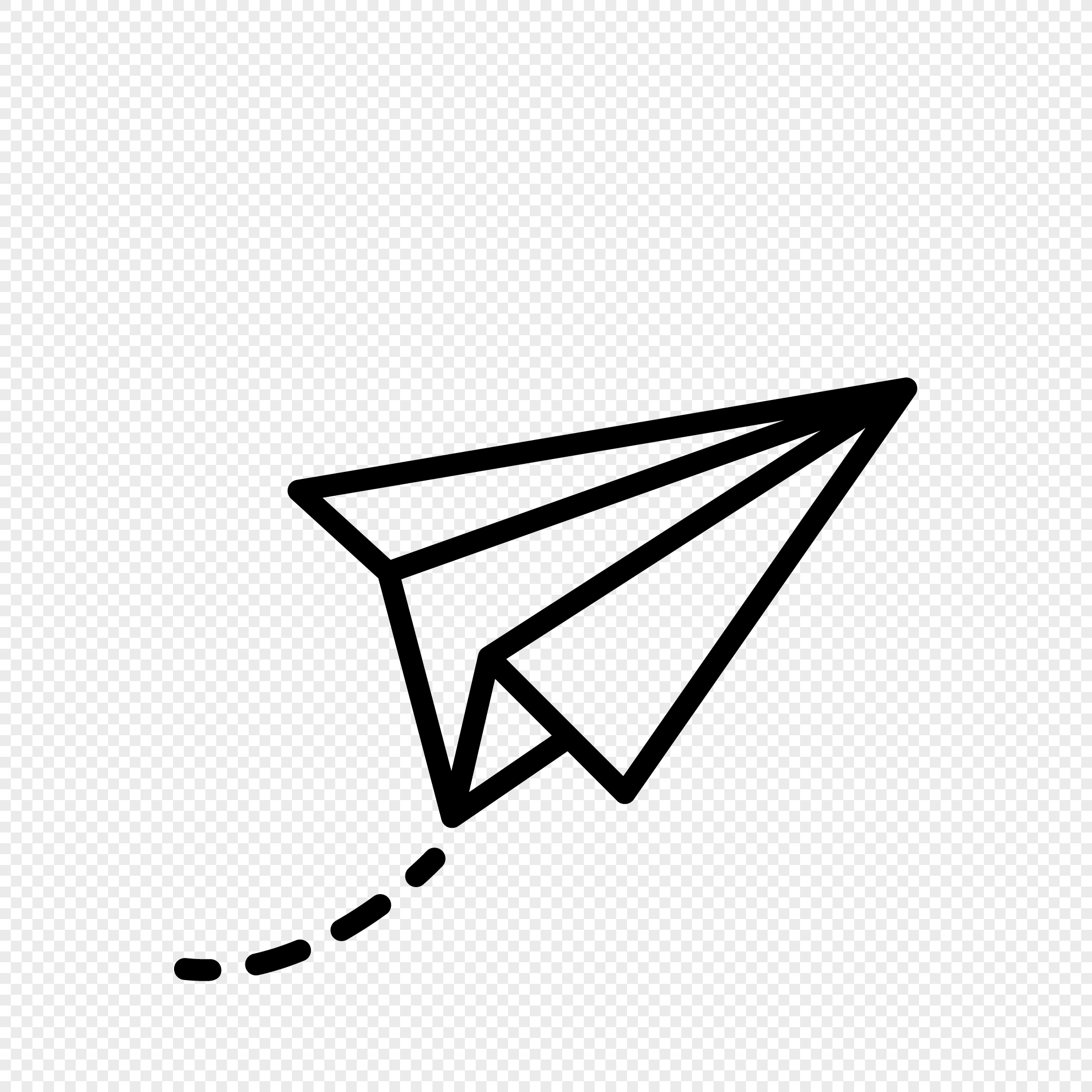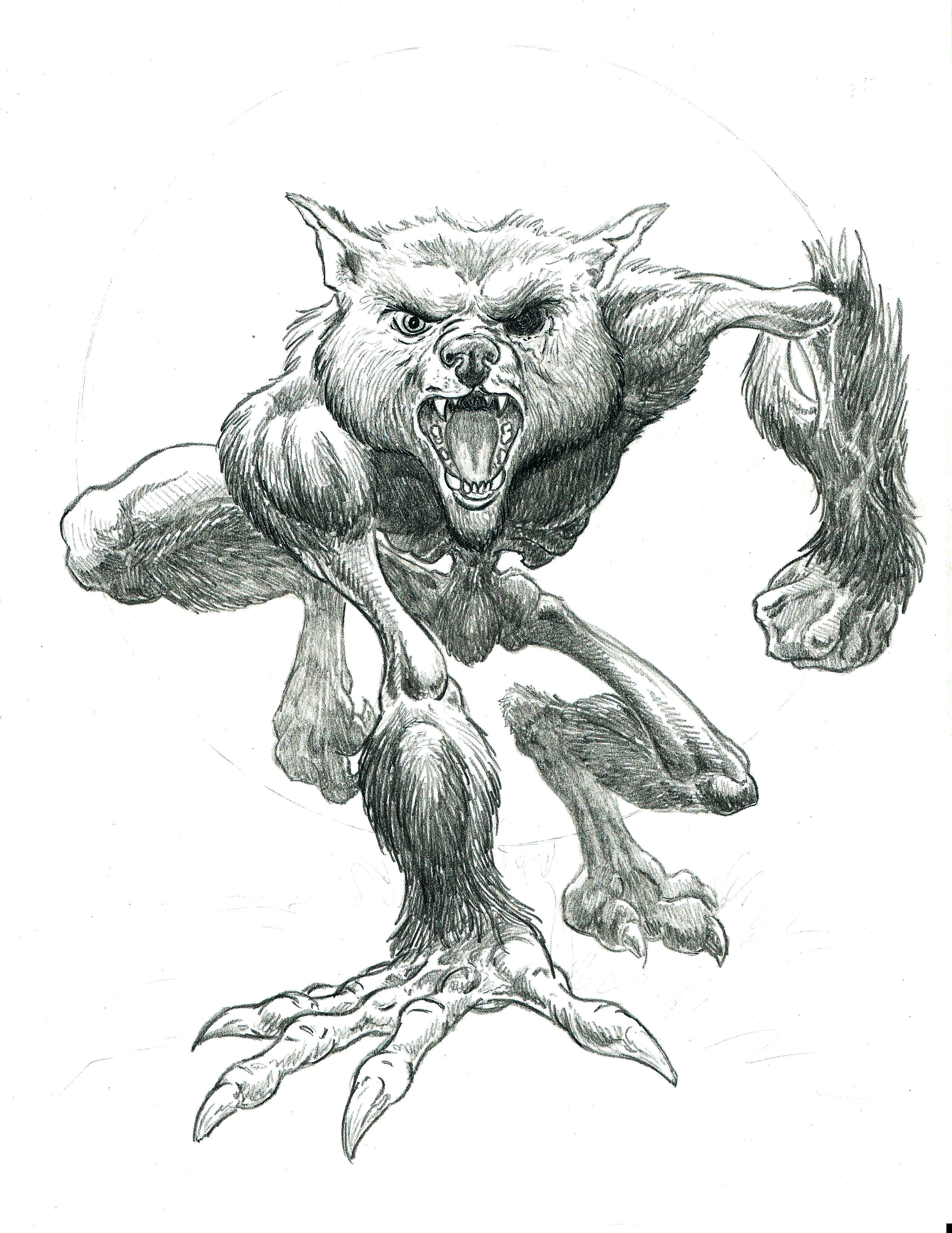Drawing airplane easy
Table of Contents
Table of Contents
Do you remember the thrill of folding and throwing a paper airplane as a child? If you’ve ever wondered how to draw a paper airplane, you’re in the right place. In this article, we’ll give you the steps to create your very own paper airplane that not only looks cool but flies great too.
Pain Points
For some people, the idea of creating something that flies seems daunting. Others may not know where to begin or find the process too complicated. However, with the right steps and a little bit of patience, drawing a paper airplane can be easy and enjoyable.
How to Draw a Paper Airplane
First, you’ll need a sheet of paper. Any regular printer paper or notebook paper will do. Once you have a sheet of paper, follow these steps:
- Fold the paper in half horizontally, creating a crease in the middle of the paper.
- Unfold the paper and flatten it out. Fold the top corners of the paper down to the center crease, creating two triangles. The tips of the triangles should just touch the crease in the center.
- Fold the top of the paper down, starting where the two triangles meet at the center crease. This fold should create a small triangle at the top of the paper.
- Fold the paper in half along the center crease, with the folded triangle on the outside. The folded edges should be on the bottom and the straight edges on the top.
- Fold the wings of the airplane down, creating two triangles. The fold should start where the top of the triangle meets the bottom of the airplane body. The wings should be roughly the same size and shape.
- Fold the wings down again, this time creating a crease at the bottom of each wing, parallel to the bottom of the airplane body.
- Using your fingers, gently curl the edges of the wings upwards to create some lift.
Your paper airplane is now ready to fly!
Summary
By following these simple steps, you can create a paper airplane that will soar through the air with ease. As you fold the paper and test out different wing shapes, remember to have fun with the process! Here are the key points to remember:
- Use a regular sheet of paper
- Create two triangles at the top of the paper
- Fold the wings to create lift
- Curl the edges of the wings upwards
Personal Experience and Tips
As someone who used to fold paper airplanes all the time in school, let me tell you that the process is both simple and rewarding. I find that the key is to be patient and take your time folding the paper. It’s also important to experiment with different wing shapes and angles to create the best flying experience.
If you’re feeling extra creative, try decorating your paper airplane with markers, stickers, or even painting it with watercolor paints. Not only will this personalize your paper airplane, but it will also help you keep track of it when flying with friends.
Shape and Lift
When creating a paper airplane, the shape of the wings and the amount of lift they generate are the most important factors in determining how far and how straight it will fly. For example, a narrow-winged airplane will travel faster and farther than one with wide wings. A larger wing surface area will generate more lift, but may also create more drag which can slow down the airplane.
One way to play around with shape and lift is to experiment with different wing angles. Folding the wings at a sharper angle will create more lift, while a flatter angle will decrease lift but increase speed. Try out different angles and see which works best for your paper airplane.
Flying Techniques
Once you’ve created your paper airplane, it’s time to test it out! Here are some basic flying techniques that can help you get the most out of your paper airplane:
- Hold the airplane at the base and throw it gently, aiming upwards at a slight angle.
- Try throwing it harder or softer to see how that affects the flight.
- Experiment with different launch angles to see how it affects the flight path.
- Make small adjustments to the wings, trying to create more lift or decrease drag.
Question and Answer
Q: What type of paper works best for paper airplanes?
A: Any regular printer or notebook paper works well for paper airplanes. Thicker paper or cardstock may be too heavy and make it harder for the airplane to fly.
Q: How do I adjust the wings to create more lift?
A: Curling the edges of the wings upwards can create more lift. Experimenting with different wing angles can also help generate more lift.
Q: Can I use decorations on my paper airplane?
A: Absolutely! Decorating your paper airplane is a great way to make it unique and easy to identify in a group.
Q: How can I make my paper airplane fly farther?
A: Experimenting with different wing shapes and angles can help maximize the distance your paper airplane can travel. Throwing it with a slightly upwards angle and creating speed can also help it stay in the air longer.
Conclusion of how to draw a paper airplane
In conclusion, drawing a paper airplane is a fun and rewarding activity that anyone can enjoy. With a little bit of patience and experimentation, you can create a design that not only looks cool but flies great too. Use these tips and techniques to create the ultimate paper airplane that will impress all your friends.
Gallery
Drawing Airplane Easy - Easy To Draw Paper Airplane , Transparent

Photo Credit by: bing.com / airplane easy draw paper drawing cartoon netclipart
Line Drawing Paper Airplane Png Image_picture Free Download 400518935

Photo Credit by: bing.com / lovepik
How To Draw A Paper Airplane - Really Easy Drawing Tutorial | Airplane

Photo Credit by: bing.com / airplanes easydrawingguides angled edges
Learn How To Draw A Paper Airplane Step By Step. Download A Printable

Photo Credit by: bing.com / airplane paper draw drawing step easy doodle learn drawings cute airplanes steps tutorial museprintables journal visit mini choose board
How To Draw Easy Paper Plane - YouTube

Photo Credit by: bing.com /





